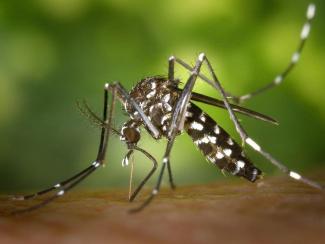
With the death toll for the Angola yellow fever outbreak above 250 people and the WHO fighting a global vaccine shortage, some experts are calling on the health authority to employ a novel strategy in its efforts against the epidemic: cut vaccine doses by 90%.
That’s the recommendation from retired virologist Jack Woodall and colleagues, who argue in a Lancet article that the WHO should consider invoking an emergency protocol to allow for the use of a lower dose to stretch supplies fivefold. According to previous clinical trials, a one-tenth dose is as effective as the full dose in rapidly stimulating immunity, the team said.
The WHO contends, however, that more research is needed in children and on the duration of protection from a lower dose, Reuters reported. The availability of syringes could hinder a move to follow the suggestion, a WHO spokesperson added.
The proposal comes as the international health authority is grappling with depleted yellow fever vaccine stockpiles and as cases have been reported in the Democratic Republic of Congo, Kenya and China. The WHO says the cases in those countries--imported from Angola--demonstrate that the virus “constitutes a potential threat for the entire world.”
Spread by the same mosquitoes that transmit Zika and dengue, yellow fever can kill at least half of severely affected patients who don't receive treatment within 10 to 14 days. In Angola, the WHO’s nationwide vaccination drive has reached 7 million people.
Sanofi Pasteur, the Institut Pasteur Foundation in Dakar, Brazil’s Bio-Manguinhos/Fiocruz and a state-owned manufacturer are makers of yellow fever vaccines, according to WHO listings. In February, the Institut Pasteur Foundation in Dakar announced a plan to build a $25 million yellow fever vaccine plant there, though that facility isn’t expected to be ready until 2019.
Woodall and colleagues note that annual production of yellow fever vaccines is about 80 million doses, with the global supply sitting at about 5 million doses.

No comments:
Post a Comment